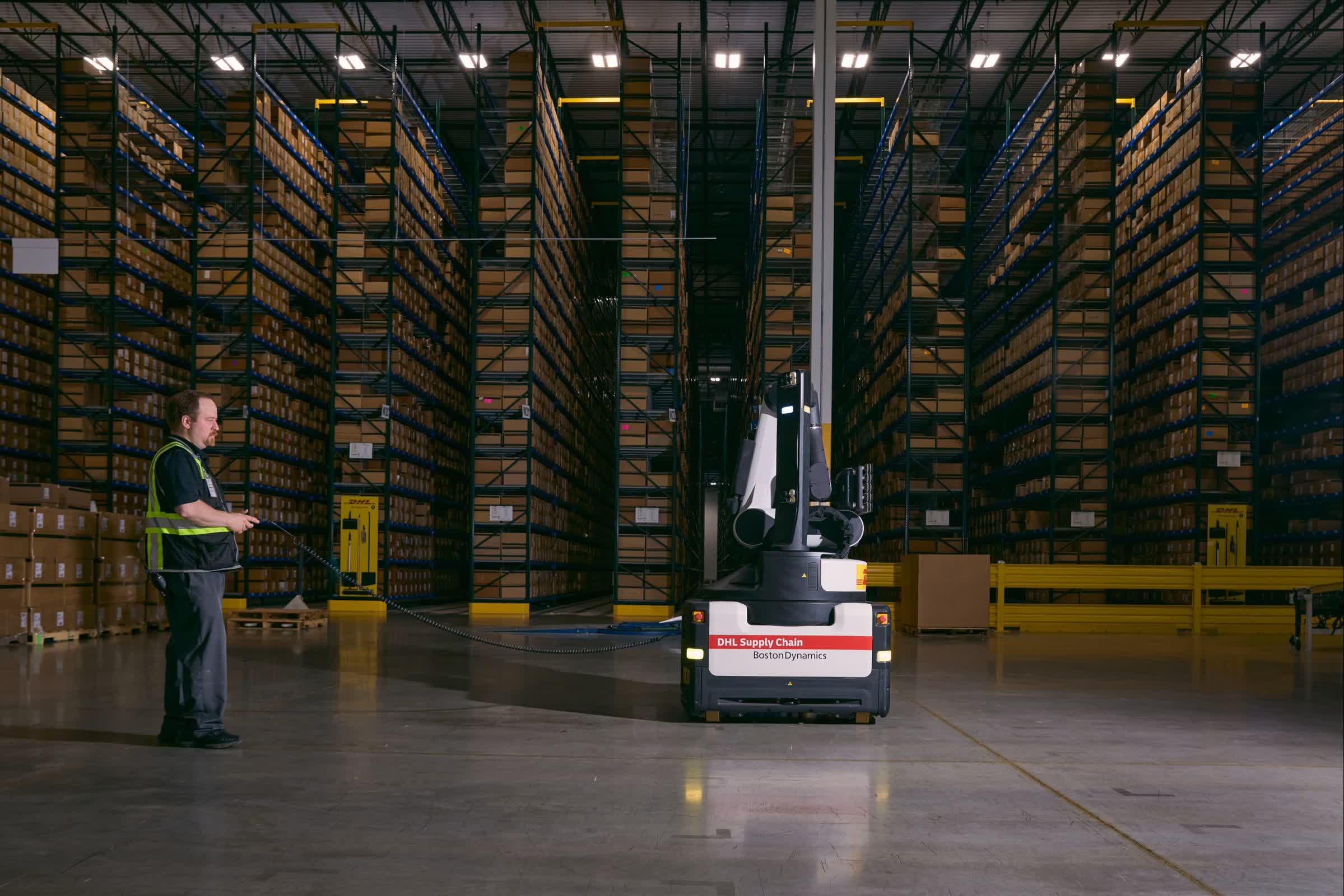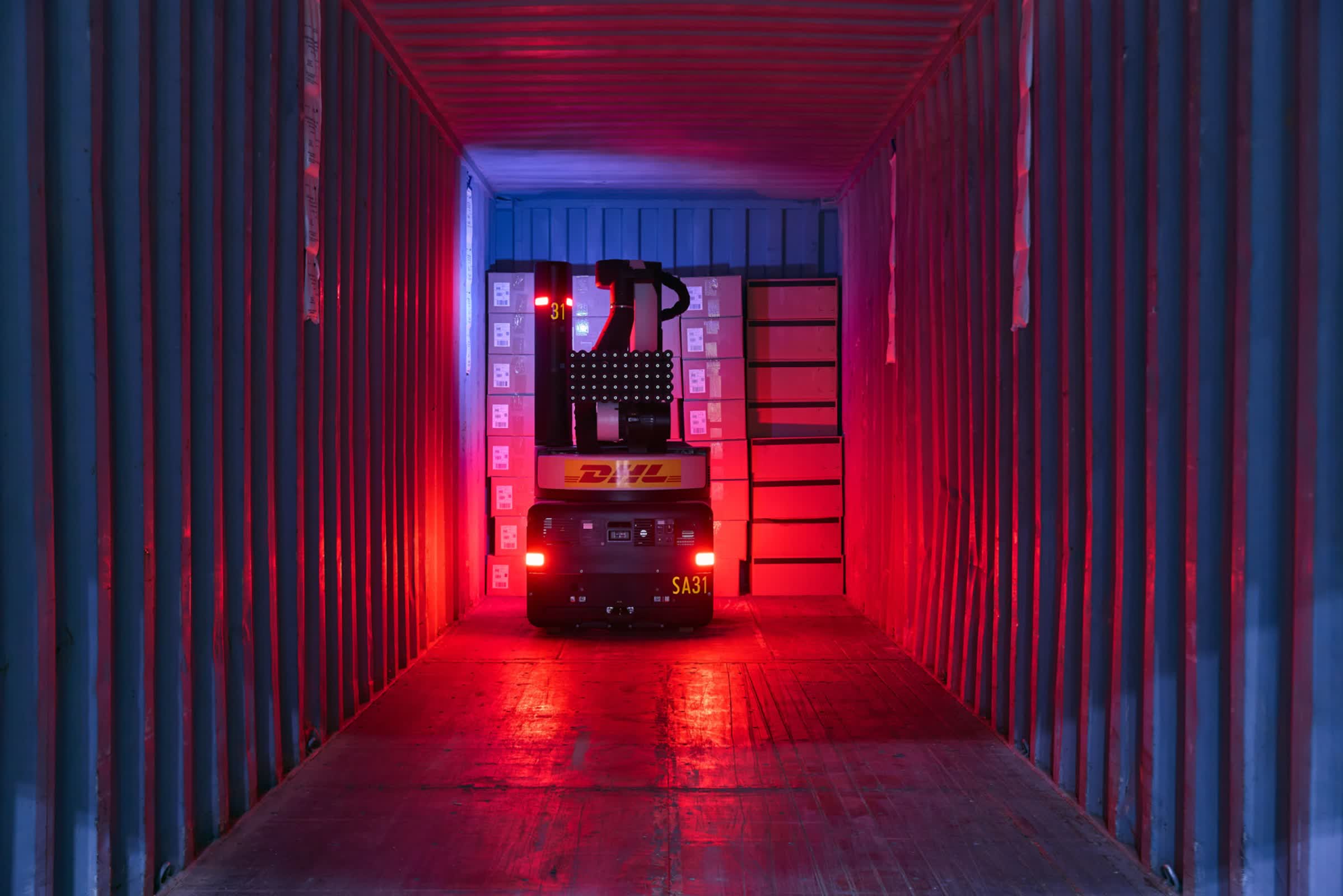The big picture: As the warehouse floor becomes increasingly automated, robots now handle the most punishing aspects of logistics, while people focus on oversight, problem-solving, and continuous improvement. With companies like DHL, FedEx, UPS, and Walmart investing heavily in robotics, the era of the backbreaking warehouse job may soon be history.
The last stronghold of human labor in warehouses – the grueling job of loading and unloading trucks – is rapidly giving way to a new generation of intelligent robots. For decades, logistics companies have struggled to automate this physically demanding and injury-prone work, which often leaves workers battered by heavy lifting and extreme temperatures. Now, breakthroughs in robotics, artificial intelligence, and sensor technology are transforming how goods move in and out of trailers, promising not only greater efficiency but also a fundamental shift in warehouse operations.
At the heart of this revolution is a suite of sophisticated machines from companies like Ambi Robotics, Boston Dynamics, Dexterity AI, and Fox Robotics. Each brings a distinct technical approach to the challenge, as described by The Wall Street Journal.
Ambi Robotics, for example, has developed AmbiStack, a robotic system designed to automate the complex process of stacking items onto pallets or into containers. AmbiStack employs a four-axis gantry robot equipped with advanced cameras and machine vision powered by AI foundation models. This system can analyze, track, and pick each item from a conveyor, performing real-time quality control checks.
The robot does not need prior knowledge of a package's size or appearance; instead, it uses reinforcement learning to adapt to new items on the fly, optimizing stacking for maximum density and stability. The AI model considers the weight, fragility, and center of gravity of each item, continuously learning from real-world production data to improve its performance. Safety is maintained through the use of light curtains and floor lasers.

Boston Dynamics has taken a different approach with its Stretch robot, a mobile machine explicitly designed for unloading trucks and containers. Stretch features a powerful robotic arm with a vacuum gripper covered in individually controlled suction cups, enabling it to handle hundreds of cases per hour, including boxes with holes, dents, or tears.
Its onboard cameras, LiDAR, and time-of-flight sensors provide a 360-degree view, enabling the robot to navigate trailer interiors and recover fallen packages autonomously. The robot's "perception mast" gathers 2D and 3D data, which is processed through a custom machine learning pipeline to identify box locations, orientations, and optimal pick points.
Stretch's pick planning software ensures that it does not destabilize stacks or cause box avalanches, refining its strategy with every pick. When the robot encounters an issue it cannot resolve, such as a box spilling its contents, it can call for human assistance, integrating seamlessly with existing warehouse workflows.
FedEx, in partnership with Dexterity AI, is piloting the DexR robot, a two-armed mobile system designed to tackle the intricate task of truck loading. DexR connects to a powered conveyor that feeds it boxes from the sortation system. Its AI platform employs cameras and lidar to perceive the chaotic mix of packages, then uses generative wall planning to assess billions of possible arrangements in under half a second, building stable, dense walls of boxes.
The robot's force control provides it with a sense of touch, enabling it to gently nudge packages together. Machine learning continually refines its packing strategy, while integrated motion planning ensures the two arms work together without collision. FedEx believes these capabilities will eventually allow DexR to match the speed and reliability of skilled human loaders, though the technology is still in active testing.
Walmart is also advancing automation with the deployment of autonomous forklifts, known as FoxBots, developed by Fox Robotics. These machines use AI-powered machine vision, lidar sensors, cameras, and programmable logic controllers to identify, pull, and transport pallets from trucks to storage systems. The forklifts are capable of unloading more than 60 double-stacked or 30 single-stacked pallets per hour, all while maintaining strict safety protocols through redundant braking systems.
Human workers are being retrained to oversee and manage these robots, shifting from manual unloading to supervisory roles that use their experience to optimize robotic performance.
The adoption of these technologies is not without its challenges. Robots still struggle with irregularly shaped packages and soft-sided bags, and some tasks require human intervention when unexpected issues arise. There are also concerns among workers about job security, as automation continues to reshape the labor landscape. However, logistics companies argue that these innovations reduce workplace injuries, increase operational efficiency, and allow employees to transition into higher-value roles, such as robot operators or maintenance technicians.
Image credit: The Wall Street Journal
